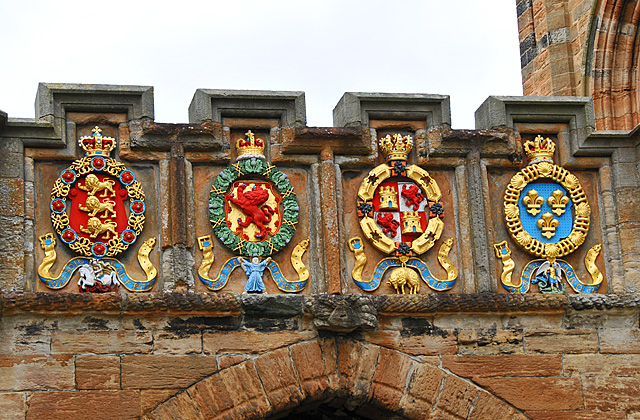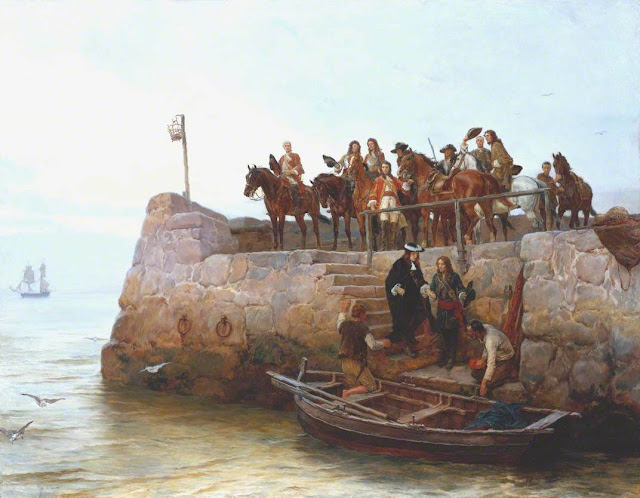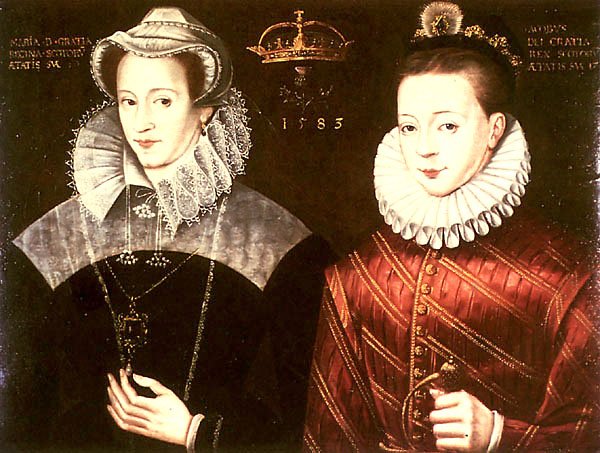Certain tartans have a long and rich history with the British Royal Family. The Stewarts are distant ancestors of the current Royal family, the Windsors. This particular tartan is one that the British Royal Family seems to be wearing most frequently, and is the personal tartan of the British monarch, presently, King Charles III. With the coronation of King Charles III in mind, BraeVal created a new interpretation of the Stewart tartan that combines, the vibrant colors of brownish grey interwoven into a distinctive crisscross design of maroon-red, navy blue, and creme to create a tartan shirt that is fit for a king! And, as always, our shirts have our signature Buffalo plaid around the neck and cuffs.

The Stewart tartan takes its name from the Royal House of Stewart, who trace their roots back to the 11th century. Historic records show that they were descended from an ancient family who were seneschals of Dol in Brittany. They moved to Scotland when David I ascended the throne and the family was granted estates in Renfrewshire and East Lothian, and the office of High Steward was made hereditary. The Stewart clan emerged in the 12th century as one of Scotland's most powerful families that had branches across the country.

They ascended the throne at the end of the 14th century when Robert II became the first Stewart king of Scotland. After King Robert II died, times became turbulent. Fearing for the safety of his family, King Robert III sent his son, James, the future monarch of Scotland, to France. The boat the young heir was on was captured by the English, and he was held captive by the English King Henry IV and later, Henry V.
For the return of the heir, the English demanded that Scotland submit to English rule. The Duke of Albany, Robert Stewart, James's uncle, now in charge, refused to pay for his return. In the interim, because King Henry was getting ready to wage war on France, he gave James a free run of his court. The hope was that James would lead the Scots against a fight with the French. Unfortunately for James, Scotland's rule was based on a network of clan loyalties, and James was defied by his subjects, who refused to be led into battle. Worse of all, James was considered to be a puppet of the King of England.

At the death of his uncle, James finally returned home to exact revenge on all his Albany Stewart relatives. Many questioned his reform policies and those of his son, King James III. Murder, mayhem, intrigues, and the "Black Dinner" ensued. It wasn't until James IV ascended the throne that Scotland put clashes behind them and began to flourish once again.
Mary Queen of Scots was the daughter of James V and his French second wife, Mary of Guise. She was the only legitimate child of James V to survive him. She was also the great-niece of Henry VIII of England, giving her a claim to the throne. At five years old she was betrothed to Henry VIII's son, Edward. Catholic Scotland opposed this union with Protestant England, and the engagement was broken off. Mary was sent to France where she married the Dauphin Francois, who died in 1560. When she returned in 1561, Scotland was mostly Protestant. After the murder of her second husband, Darnley, and her inability to quash a rebellion of Scottish peers, Mary was forced to abdicate and imprisoned. Mary's son, James VI was made king. It wasn't until 1867 that James VI took control of Scotland. He was a shrewd ruler and is often thought of as the "Renaissance King." He was also an ally of Queen Elizabeth I and remained an ally even though Elizabeth executed his mother, Mary Queen of Scots in 1859. Mary was tried for treason after 19 years in captivity.

In March of 1603, Queen Elizabeth I died, and James VI became James I, the King of England and Ireland. As king and a proud Scot, he advocated for Scottish culture and heritage and often wore a tartan which is now associated with the Stewart dynasty. He was a talented writer and scholar and under his rule, the arts, science, and literature flourished. As an interesting side note, it was during his reign, that the colonization of the Americas began. James died in 1625 and ruled in Scotland for almost 60 years, no British monarch except for Queen Elizabeth II, Queen Victoria, and King George III, has surpassed this. As a family, the Stewarts had a direct line to the throne of England until the death of Queen Anne in 1714.

Today, the Stewart tartan is still of great cultural importance in Scotland and has become popular around the world in fashion and decor. BraeVal's modern interpretation of the Stewart tartan is comfortable, fun, and meaningful to wear, no matter what your heritage is!


